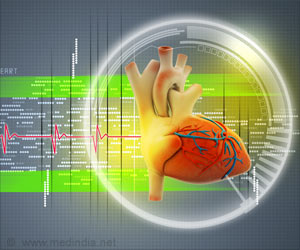“It was truly gratifying to work at the intersection of two disciplines and identify the role cholesterol plays in activation of microglia — immune cells of the spinal cord — and regulation of chronic pain,” said first author Juliana Navia-Pelaez, PhD, a postdoctoral fellow in Miller’s lab.
“The metabolism of cellular cholesterol was already linked to neurological conditions, such as Alzheimer’s disease, but we were first to show its role and underlying mechanisms in chronic pain.”
Cholesterol is essential for brain function, both during development and in adult life. It is a major component of cell membranes, a precursor to some hormones and serves as a cellular messenger.
However, excess of cholesterol is detrimental to human health; buildup of cholesterol plaques in large arteries often causes heart attacks and stroke.
The UC San Diego team found that changes in cholesterol metabolism contributed to reprogramming of microglia in a way that perpetuated chronic inflammation in the spinal cord.
Genetically modified mice lacking cholesterol transporters in microglia were unable to remove excessive amounts of cholesterol, and thus experienced pain — even without chemotherapeutic intervention.
The outer membrane of these cells, which is normally fluid, became rigid with accumulated cholesterol in the form of floating solid platforms called lipid rafts.
The lipid raft environment, said the authors, favors assembly and activation of cellular proteins that mediate inflammatory response, such as Toll-like receptor-4 (TLR4).
“We were surprised to find that in CIPN, enlarged lipid rafts and TLR4 assemblies persisted for days and weeks,” said Miller. “We even started calling them ‘inflammarafts’ to stress the importance of these membrane domains in neuroinflammation and pain states.”
To reverse the harmful effects of excessive cholesterol in microglia, researchers used a modified version of the apoA-I binding protein (AIBP), which hastens cholesterol removal and disrupts inflammarafts, but does not damage physiological lipid rafts.
A single injection of AIBP in the spinal canal of mice reversed CIPN pain, and the therapeutic effect lasted for several weeks, without adverse effects.
“The long-lasting effect we observed with the delivery of AIBP points to a reprogramming of these immune cells that implies cholesterol plays a fundamental role in gene expression,” said Navia-Pelaez. “It might even act as a driver of epigenetic alterations in microglia and ultimately pain behavior.”
The authors said the results are part of a promising series of investigations, conducted by UC San Diego and Raft Pharmaceuticals.
“Considerable work remains to be done in terms of safety and kinetics to move this new biologic ahead for clinical trials,” said Yaksh, “but the present results are exceedingly promising as they provide a hitherto unappreciated target — inflammarafts in immune cells — for drug development in the management of chronic neuropathic pain.”
Source: Eurekalert



